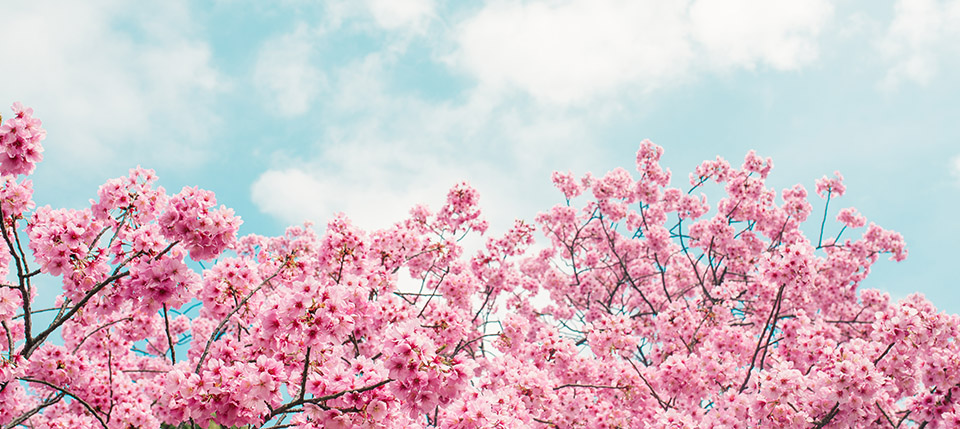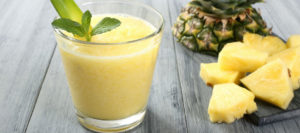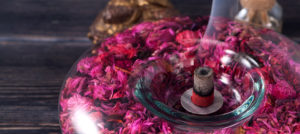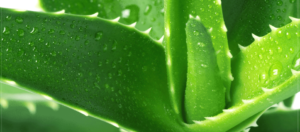There are six seasons or rithus in Ayurveda.
- Shishira Ritu(Late winter season) –Mid January to Mid March – Kapha dosha starts accumulating
- Vasanta Ritu(Spring season) –Mid March to Mid May – Kapha dosha is predominantly high
- Greeshma Ritu(Summer season) –Mid May to Mid July – Kapha dosha asubsides, Vata starts accumulating.
- Varsha Ritu(Rainy Season) –Mid July to Mid September – Vata is predominantly high, Pitta dosha starts accumulating.
- Sharath Ritu(Autumn season) –Mid September to Mid November – Vata subsides and Pitta dosha is predominantly high.
- Hemantha Ritu(Early winter season) –Mid November to Mid January – Pitta subsides.
And for each season Ayurveda has it own recommendations.
Winter Period
Kapha and Vata type individuals should avoid direct and strong cold winds. Pitta type individuals should take heavy foods to suit their strong digestive power and should include materials such as ghee and cheese in their diet in plenty. Vata type individuals should avoid pungent food substances. The Vata type individuals should include salted meat soups in their diet. Oil massage should be done regularly especially by those of the Vata type. Well covered beds and thick sheets made of wool or leather should be used. The Kapha type should undertake rigorous physical exercises indoors.
Spring Period
The kapha accumulated in body during winter starts melting due to sun rays. Melting kapha on one hand obstructs jathragni (fire in belly) and on the other hand causes many diseases. The favoured tastes would be Pungent, Bitter and Astringent. The quality favoured will be light (Laghu). Recommended foods are light food, dry meats, buttermilk, alcoholic drinks including liquor made from honey, wheat, etc. Recommended physical actions are exercise, bath with lukewarm water etc. Prohibited actions and diet includes exposing to sun, ghee, oily foods, cold foods, sleeping during the day, oily, heavy, sweet, sour and salty food.
Summer Period
The Vata type individuals should use food articles which are sweet, cold and unctuous because this is the period in which accumulation of Vata dosha occurs. The Pitta type individuals should take plenty of liquid food and avoid alcoholic drinks. Sexual intercourse is prohibited for all the three types due to very poor natural strength during this period. Mild physical exercise can be taken by Kapha type individuals. Pitta type individuals can apply cold potencysubstances such as sandalwood on the body to get rid of the burning sensation and excessive heat. Cold water should be used for both bathing and drinking purpose. Sleeping in the open during night hours is permitted, but only on a cot.
Rainy Period
During this season the Vata Prakruthi individuals should avoid cold foods and drinks. The Kapha Prakruthi type should avoid sleeping during the day hours. Both are Vata and Kapha type should avoid traveling or being outdoors during the early hours of the day when there is dew and cold winds blow. The Vata type individuals should avoid physical exertion. The Kapha type should use honey in foods and drinks. Plenty of milk and fermented beverages should be included in the diet. Oil massage with oil possessing warm quality is beneficial. Clean and dry clothes should be worn. Digestive fire should be included in foods.
Autumn Period
The pitta accumulated during rains gets disturbed by the sharp rays of sun. Often pitta is joined by some kapha in creating disturbances. The favoured tastes are sweet, bitter and astringent. The favoured qualities are light and cold. Recommended foods are ghee with bitter substances, rice, wheat, sugar, dry meat etc. Recommended actions are physical exercise and swimming. Prohibited actions and diet include too much exposure to sun, ghee, oil, dew drops, Curd, sleeping during day, alcohol, heavy foods, eating till one is full to the brim.
Dr. Hridya A (BAMS) MD in Kayachikitsa,
Private consultation at Calicut, Kerala





